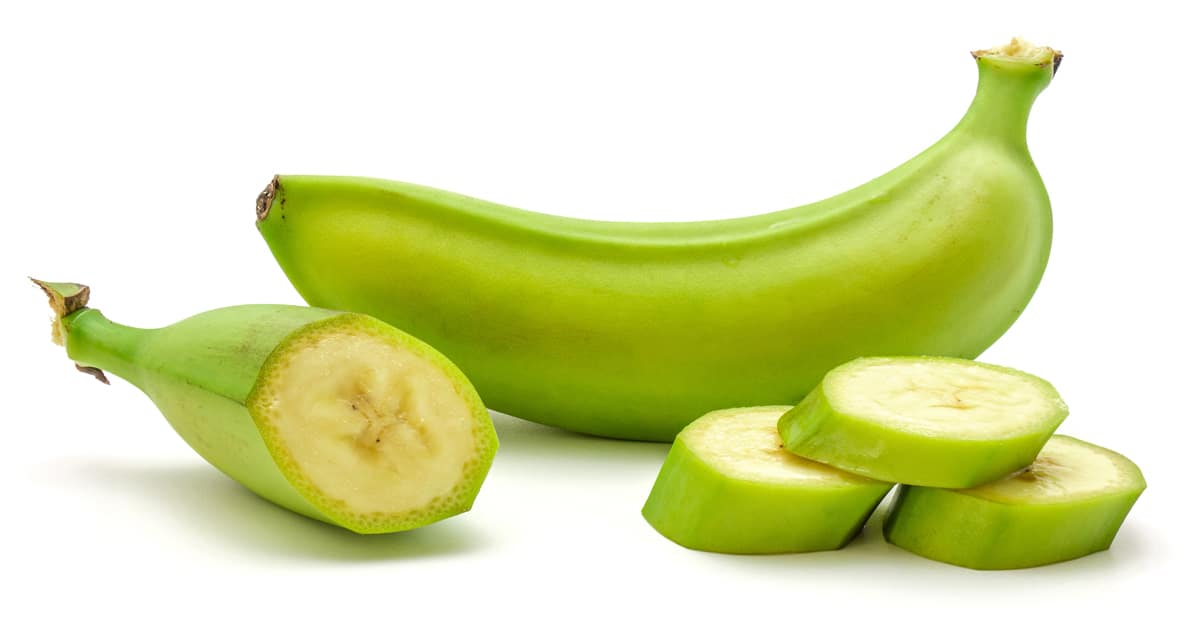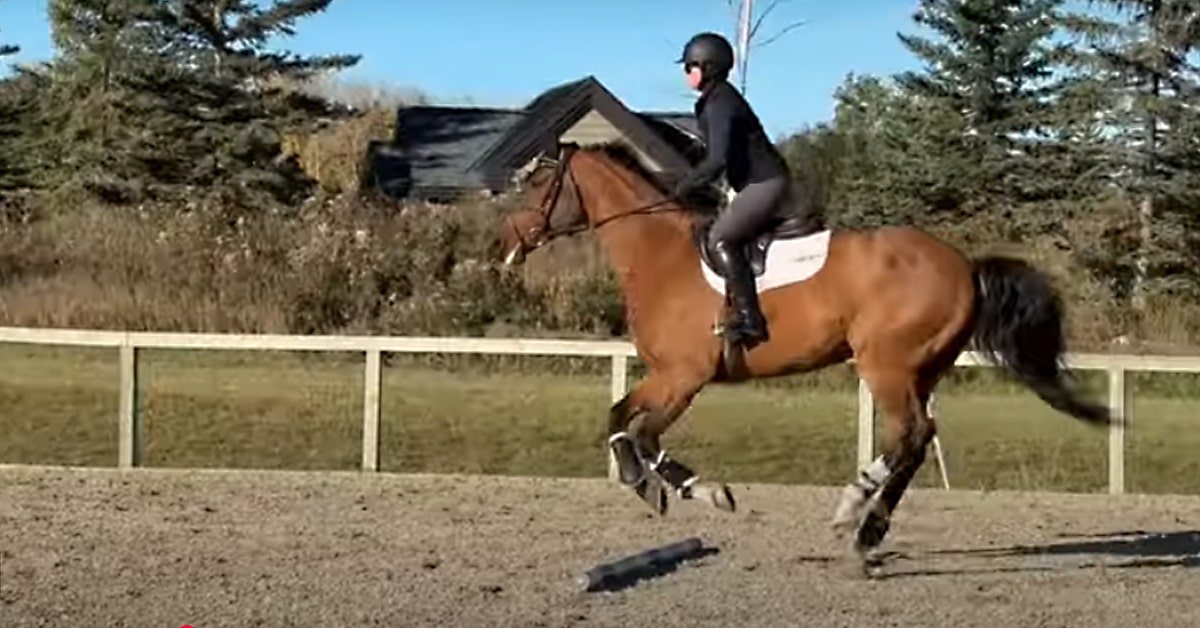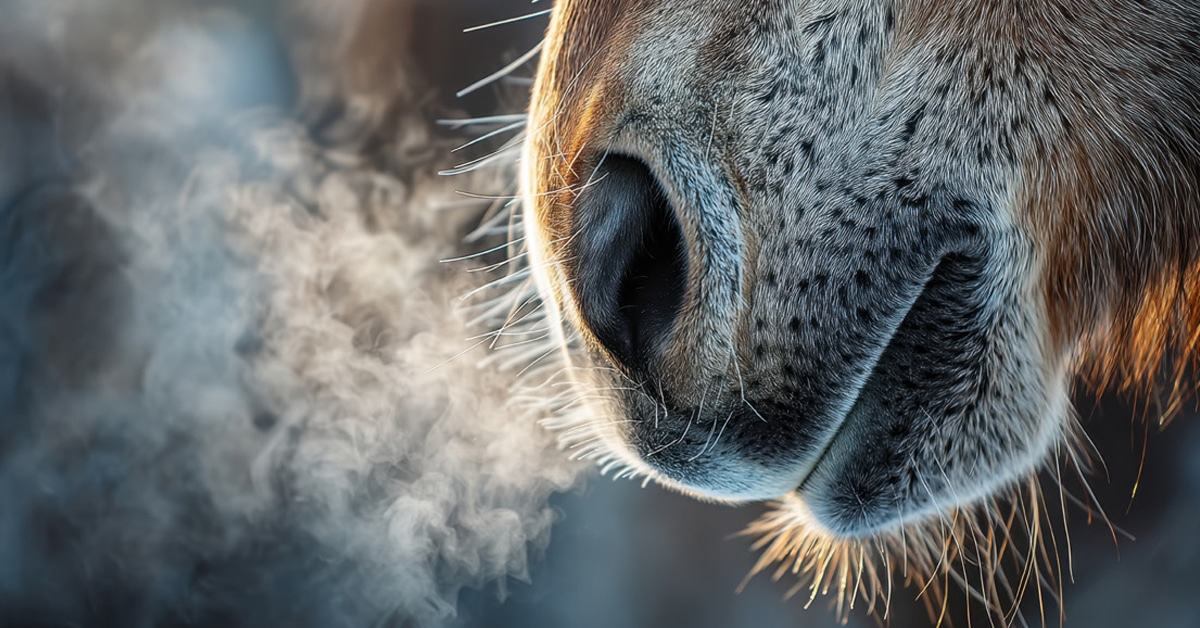Body condition scoring gauges the fat coverage (or lack thereof) along various parts of the horse’s body (including the neck, shoulder, withers, ribs, tailhead, etc.) and assigns a score of 1 through 9, where 1 is a fully emaciated horse and 9 would be assigned for a grossly obese horse. Ideally, horses should be in the 4-6 range, depending on what they are used for and their overall health. For a horse to decrease body fat, lose weight and decrease its body condition score, it needs to be burning more calories than it is taking in, so the difference in energy balance will come from the breakdown in body fat.
To decrease calories, the horse can be put on a calorie-restricted diet, and to increase the calories a horse expends during the day, it would need more exercise. Calories are also burned through basal metabolism, which is the energy that is required to breathe, beat the heart, maintain body temperature, etc. Therefore, weight loss will happen if the calories required for basal metabolism and those burned through work are higher than those consumed in the diet.
To complicate matters, basal metabolism may differ between horses due to differences in ambient temperature and body composition – a more muscular horse weighing the same as a fat horse would burn more calories even at rest than the fat horse. There also appears to be differences in metabolism across breeds. For example, some breeds are known to be easy keepers, such as ponies and some warmblood and gaited breeds, while others are notably hard keepers, such as Arabians and Thoroughbreds. If you have an easy keeper, decreasing calorie intake below this low level of basal metabolism can be particularly challenging. Similarly, if your horse has lameness issues, it may not be possible to incorporate exercise.
Weight Loss by the Numbers
Decreasing the calorie intake for a horse is easy in theory, but may be difficult in practice. The average 500-kg easy keeper needs about 15 mcal of energy per day, and to lose weight I usually recommend a decrease to 80-90% of that amount (about 12-13.5 mcal/day). Do not feed less than 1% of body weight per day, with a total feed intake upper limit between 1.1 – 1.5% of body weight per day.
A big cause of obesity in horses is unrestricted access to pasture. This allows a horse to potentially overeat, and it also makes it difficult to quantify what they are eating (vs. being able to weigh out the hay they eat). Therefore, a first step for any overweight horse is to limit their pasture intake. This can be done through the use of a grazing muzzle (either worn for a few hours a day, or 24 hrs a day, depending on the horse) or through limiting the hours out on pasture, or even the size of the pasture. Ideally, overweight horses should only be turned out into a dry lot so that feed consumption can be easily monitored and quantified. Of course, this is not always easy or possible for all management situations or facilities.
Weights and Measures
I encourage all horse owners to get into the habit of weighing out their hay and grain through the use of a hay net on a fish/kitchen scale. With hay having anywhere from 1.5 – 2.4 mcal/kg, and hay averaging 1.1 – 2 kg/flake, that means a flake could have anywhere from 1.65 to 4.8 mcal per flake!
To facilitate weight loss, I recommend finding a lower quality hay so that you can feed more of it. You’ll need to get your hay analyzed to determine calories/kg, and know how much is being fed by weight. I also recommend using a slow-feeder, or feeding multiple times per day (six times or more) so the horse almost always has something in front of it and doesn’t go for long periods of time without feed.
Depending on the size of the scoop and the type of commercial grain mix (textured vs. pelleted), the calories in even one scoop can add up. A scoop of pelleted feed might have upwards of 4.2 mcal and weigh about 1.4 kg/scoop (totalling 5.88 mcal per scoop).
Importance of Protein
Lower-quality hay often has lower amounts of protein, and is likely deficient in other vitamins and minerals as well. Ration balancers are formulated to have protein, vitamins, and minerals in concentrated form (some may have as much as 30% protein) but still may be recommended to be fed in amounts of 0.5 kg per day (along with potentially 1.5-2 mcal). I personally prefer to look for a vitamin/mineral supplement that is pelleted and fed in amounts of about 50-100 grams per day. Then for protein I would look for soybean meal or other high-protein ingredient and also feed that in an amount required to meet the protein needs of the horse. This way, all nutritional needs other than calories are met in a very concentrated and small amount of supplement, and more hay can be fed to the horse, thereby decreasing the risk of boredom, stereotypic behaviour development, and digestive issues.
For mixing purposes, you could combine the soybean and supplement with a small amount of hay cubes, subtracting those calories from the hay. For example, if you have hay with 1.7 mcal and 7% protein aiming for 12 mcal/day:
Option 1
– 5.88 kg of hay (providing 10 mcal of energy and 411 grams of protein)
– 0.5 kg of a commercial ration balancer (with 30% protein to provide approximately 2 mcal of energy and 150 grams of protein).
Total forage = 5.88 kg or 1.18% of current body weight.
Total intake = 12 mcal of energy and 561 grams of protein (requirement is 540 grams per day).
Option 2
– 6.47 kg of hay (providing 11 mcal of energy and 452 grams of protein)
– 300 grams of hay cubes (with about 2.2 mcal/kg and 14% protein; to provide about 0.66 mcal and 56 grams of protein)
– mix with 100 grams of soybean meal (to provide 44 grams of protein and 0.31 mcal)
– vitamin/mineral supplement (negligible calories).
Total forage = 6.77 kg or 1.35% of body weight.
Total intake = 11.97 mcal of energy and 552 g of protein.
There are some drugs that may be suggested by your veterinarian to speed weight loss in your horse. For example, thyro-L is a thyroid hormone supplement that increases the basal metabolic rate. While it is effective for weight loss, I believe it should only be used as a last resort.
Because such care needs to be taken to facilitate weight loss while meeting other nutritional needs with limited feed intake, it is strongly suggested that you work with a professional equine nutritionist to ensure your horse’s diet is formulated to his needs.
The Latest









